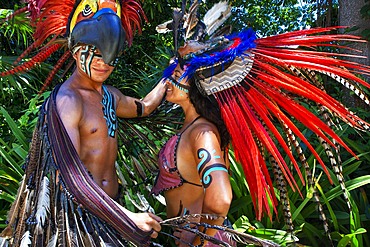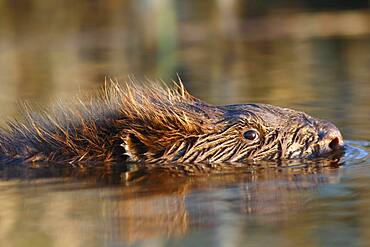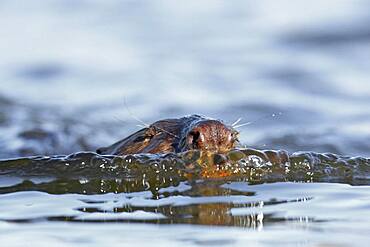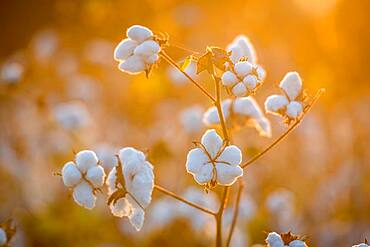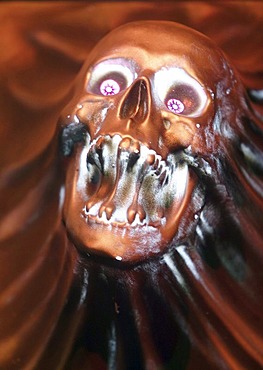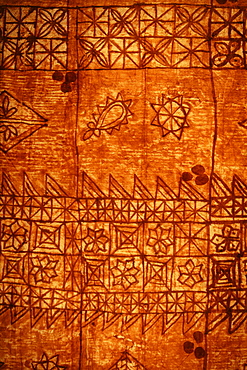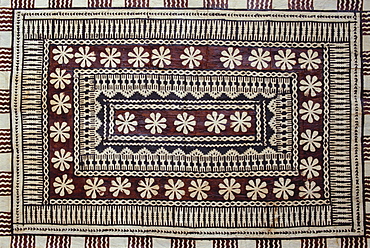Recent searches
Loading...
832-403076 - European beaver (Castor fiber), Eder, Hesse, Germany, Europe
832-403075 - European beaver (Castor fiber) feeding on a willow branch, Eder, Hesse, Germany, Europe
832-403074 - European beaver (Castor fiber) in water, Eder, Hesse, Germany, Europe
832-403073 - European beaver (Castor fiber) in water, Eder, Hesse, Germany, Europe
832-399304 - Toast with peanut butter and banana on white ceramic plate with knife on rustic wooden background, top view flat lay, space for text
832-399303 - Toast with peanut butter and banana on white ceramic plate with knife on rustic wooden background, top view flat lay
832-399270 - Shirataki (konjak) noodle with shrimps and curry sauce and vegetables. Dietary, Gluten-free and keto diet
832-399271 - Shirataki (konjak) noodle with shrimps and curry sauce and vegetables. Dietary, Gluten-free and keto diet
1350-6608 - Mexican aztec dress gods at Grand Palladium White Sand Resort and Spa in Riviera Maya, Yucatan Peninsula, Quintana Roo, Caribbean Coast, Mexico.
Aztec clothing was generally loose fitting and did not completely cover the body. When the Spanish arrived in Mexico, the people were surprised to see them in their full armour, with only their faces exposed.
Aztec clothes were generally made of cotton (which was imported) or ayate fiber, made from the Maguey Cactus (also called the Century Plant or American Aloe). Women would weave the fibers into clothing, a task girls were taught as young teenagers. Because of their vast trading network, the Aztecs were able to make use of a beautiful array of dyes, creating the brilliant
1350-6595 - Mexican aztec dress gods at Grand Palladium White Sand Resort and Spa in Riviera Maya, Yucatan Peninsula, Quintana Roo, Caribbean Coast, Mexico.
Aztec clothing was generally loose fitting and did not completely cover the body. When the Spanish arrived in Mexico, the people were surprised to see them in their full armour, with only their faces exposed.
Aztec clothes were generally made of cotton (which was imported) or ayate fiber, made from the Maguey Cactus (also called the Century Plant or American Aloe). Women would weave the fibers into clothing, a task girls were taught as young teenagers. Because of their vast trading network, the Aztecs were able to make use of a beautiful array of dyes, creating the brilliant
860-291058 - Tree eaten by a European beaver (Castor fiber), Basse vallee de l'Allan, Brognard, Doubs, France
832-395924 - Tree felled by beaver, european beaver (Castor fiber), on the Fulda near Kassel, Hesse, Germany, Europe
832-395925 - Beaver damage or gnaw marks on tree on the bank of the Fulda near Kassel, european beaver (Castor fiber), Hesse, Germany, Europe
832-395926 - Beaver damage or gnaw marks on tree on the bank of the Fulda near Kassel, european beaver (Castor fiber), Hesse, Germany, Europe
832-395285 - European beaver (Castor fiber), swimming in the water, Fulda, Hesse, Germany, Europe
832-395284 - European beaver (Castor fiber), young animal sitting in the water and eating willow branches, Fulda, Hesse, Germany, Europe
746-90517 - Raw chocolate, cocoa beans and cocoa pods in a woven vegetable fiber box.
1178-38961 - Knitting needles and multicolor yarn on blue table
1348-5603 - Photo of a human body on which there is a scar and a medical seam.
1113-105764 - Detail of the hands of a woman weaving a bag from pandanus fiber the traditional way at a cultural festival, Papeete, Tahiti, Windward Islands, French Polynesia, South Pacific
860-289903 - European Beaver (Castor fiber) swimming, Pulvermoos moor nature reserve, Ammertal, Bavaria, Germany
860-289825 - Tree trunk gnawed by european beaver, Castor fiber, Germany, Europe
832-393249 - Beaver European beaver (Castor fiber), portrait of one-year-old young animal in water, Peene Valley River Landscape nature park Park, Mecklenburg-Western Pomerania, Germany, Europe
832-393248 - Beaver European beaver (Castor fiber), tree felled by a beaver about 80cm thick, Naturpark Flusslandschaft Peenetal, Mecklenburg-Vorpommern, Germany, Europe
832-393250 - Beaver European beaver (Castor fiber), beaver swims towards the photographer after surfacing, Naturpark Flusslandschaft Peenetal, Mecklenburg-Vorpommern, Germany, Europe
832-391550 - Beaver bite (Castor fiber), fallen tree, Upper Palatinate, Bavaria, Germany, Europe
1350-567 - Warm sunlight showers down on soft and ripe cotton bolls, Tifton, Georgia.
1350-568 - Sunsets in the background of bountiful cotton field in Tifton, Georgia
1178-31546 - Cupped hands holding raisins, close-up
832-387798 - European beaver (Castor fiber) wildlife in Donau River, Regensburg, Upper Palatinate, Bavaria, Germany, Europe
832-387797 - European beaver (Castor fiber) wildlife at the shore of Donau River, Regensburg, Upper Palatinate, Bavaria, Germany, Europe
1178-28699 - Oats, nuts, seeds flax and coconut flakes against wood
1174-7443 - Close up of rope at a Japanese shrine, Kyushu, Japan
746-74205 - Road costruction site, Sdruzzina` di Ala, Trentino Alto Adige, Italy, Europe
746-74206 - Road costruction site, Sdruzzina` di Ala, Trentino Alto Adige, Italy, Europe
832-368973 - Young European beaver (Castor fiber) on solid ground feeding on a willow branch, Tirol, Austria, Europe
743-1194 - Eurasian beavers (Castor fiber), captive in breeding programme, United Kingdom, Europe
832-325564 - Fountain in front of Stadtkirche (church) Neustrelitz, Mecklenburg-Western Pomerania, Germany
832-355831 - Carpet made of sisal, Museo Nacional de Antropologia, National Museum of Anthropology, Mexico City, Mexico
832-355832 - Carpet made of sisal, Museo Nacional de Antropologia, National Museum of Anthropology, Mexico City, Mexico
832-310898 - Jagsthausen, DEU, 17.11.2005: Heimo produces mobile figures for recreational parks, decoration, carnivals, amusement rides and advertisement.
832-310896 - Jagsthausen, DEU, 17.11.2005: Heimo produces mobile figures for recreational parks, decoration, carnivals, amusement rides and advertisement.
743-1085 - Eurasian beaver (Castor fiber), captive in breeding programme, United Kingdom, Europe
743-1086 - Eurasian beaver (Castor fiber), captive in breeding programme, United Kingdom, Europe
832-107357 - Queswachaka suspension bridge made from plant fibers, Ichu grass, over the Apurimac, Southern Peru, South America
832-107356 - Queswachaka suspension bridge made from plant fibers, Ichu grass, over the Apurimac, Southern Peru, South America
989-174 - Tree felled by Eurasian beaver (Castor fiber) by Narew River close to Strekowa Gora village, Biebrza National Park, Poland, Europe
1113-23623 - A beaver swimming through a stream, Castor fiber, Alaska, USA
1116-36195 - Traditional Polynesian tapa, hand printed paper bark cloth.
1116-36845 - Traditional Polynesian tapa, hand printed paper bark cloth.
1116-36190 - Hawaii, Hawaiian tapa cloth closeup of pattern, detail
857-51223 - Mukuna man relaxes on hammock. Eastern Colombia Amazon, Vaupes region.
989-20 - White willow (Salix alba) tree with base of trunk almost chewed through by Eurasian beaver (Castor fiber), Narew marshes, Podlaskie, Poland. MORE INFO: Beaver activity is crucial in keeping Poland's ancient marshes open and free of encroaching bushes and trees and their dams also help to maintain high water levels.
989-16 - Eurasian beaver (Castor fiber) dam on drainage channel in Narew marshes, Podlaskie, Poland. MORE INFO: Beaver activity benefits much other wetland wildlife by helping to maintain high water levels in Poland's ancient marshes and swamp forests.
817-190526 - Red Guavas for sale at street market Indore, Madhya Pradesh, India
817-190451 - Red Guavas for sale at street market Indore, Madhya Pradesh, India
817-66060 - Optical fiber, MATELEC (Salon Internacional de Material Electrico y Electronico), IFEMA, Madrid, Spain.
817-52853 - Sponge Docks in Tarpon Springs, Florida, Old man sorts sponges on warehouse.
817-30508 - Dolmades, Typical greek meat made with vine leaves.
817-30510 - Dolmades, Typical greek meat made with vine leaves.
817-30511 - Dolmades, Typical greek meat made with vine leaves.
817-30509 - Dolmades, Typical greek meat made with vine leaves.
You reached the end of search results









